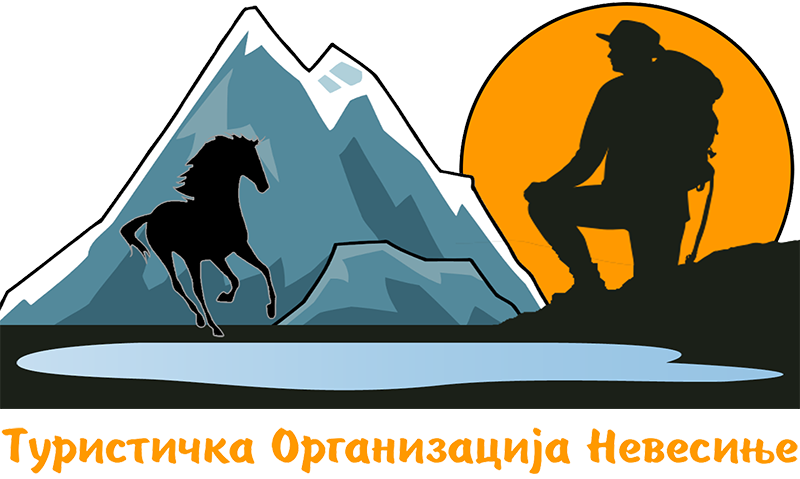They have developed a network that linked Rome with other parts of the prostant kingdom, first for the needs of military units and then trade and transport of goods. Narona (Metković) was an important traffic center from which communications in various directions originated. One such communication is the road that led to the northeast in Nevesinjko polje. CONSTRUCTION OF THE ROAD POINT - BORCI - Konjic - Sarajevsko polje, started during the Emperor of August, while most of them were completed during the emperor of Tiberia and Claudia. The Salon (Split) and Narona (Metković) were the main source of the Rima Province of Dalmatia, which included our spaces. The working force of the subordinate population was used in their construction. The first-line road passed through Nevesinjko polje in the southeast-northwest direction. This road is going to the direction of call to - Odžak - Drenovik - Kruševljani - Borci - Konjic - Sarajevsko polje. The road crossed the river Zalomka in the place of today's sheep's ship, after which one arm separated according to Gacka, and the second towards Drenovik where the largest Roman settlement was located in Nevesinje. The witness this fact is a well-preserved Roman route about 500 meters long, which directly leads to the sheep ship's bridge. Given the importance, the roads were under the constant supervision of the maintenance service, which took care of the state of road and to take place flawless on them. There was also traffic police-benefits, which took care of the safety of goods and passengers. Benificars performed a number of administrative and police affairs. Based on the altar found at the DRENOVIK site, it can be determined that there was a Roman settlement and consular benefits station. The first auxiliary legion was stationed here (Legio receives Adiutrix) that took care of the safety of space and travel communications. An indispensable part of all Roman roads, especially the crossroads, were milestone, Marmor Milliarium, the covers of a stone seedes of cross-section up to 40 cm in height 1.5 meters high. They had inscriptions in Latin, from which passengers could be informed about the length of the road and the place where they are located. According to milestones, the distance between two places on the road, distance from the capital of the province or from Rome in which a zero milestone was located. 21 milestones were recorded in Nevesinje.
The best preserved and today we can see in the villages of Lower Bijenja (Cara Maksimin Tračanina), the next, ports (two milestones), a fragment of milestones in the brother.

 Римски период
Римски период